Gardening Bohemia: Bloomsbury Women Outdoors – An Exhibition at the Garden Museum
Experience sanctuaries where art, friendship, and radical ideas bloomed.
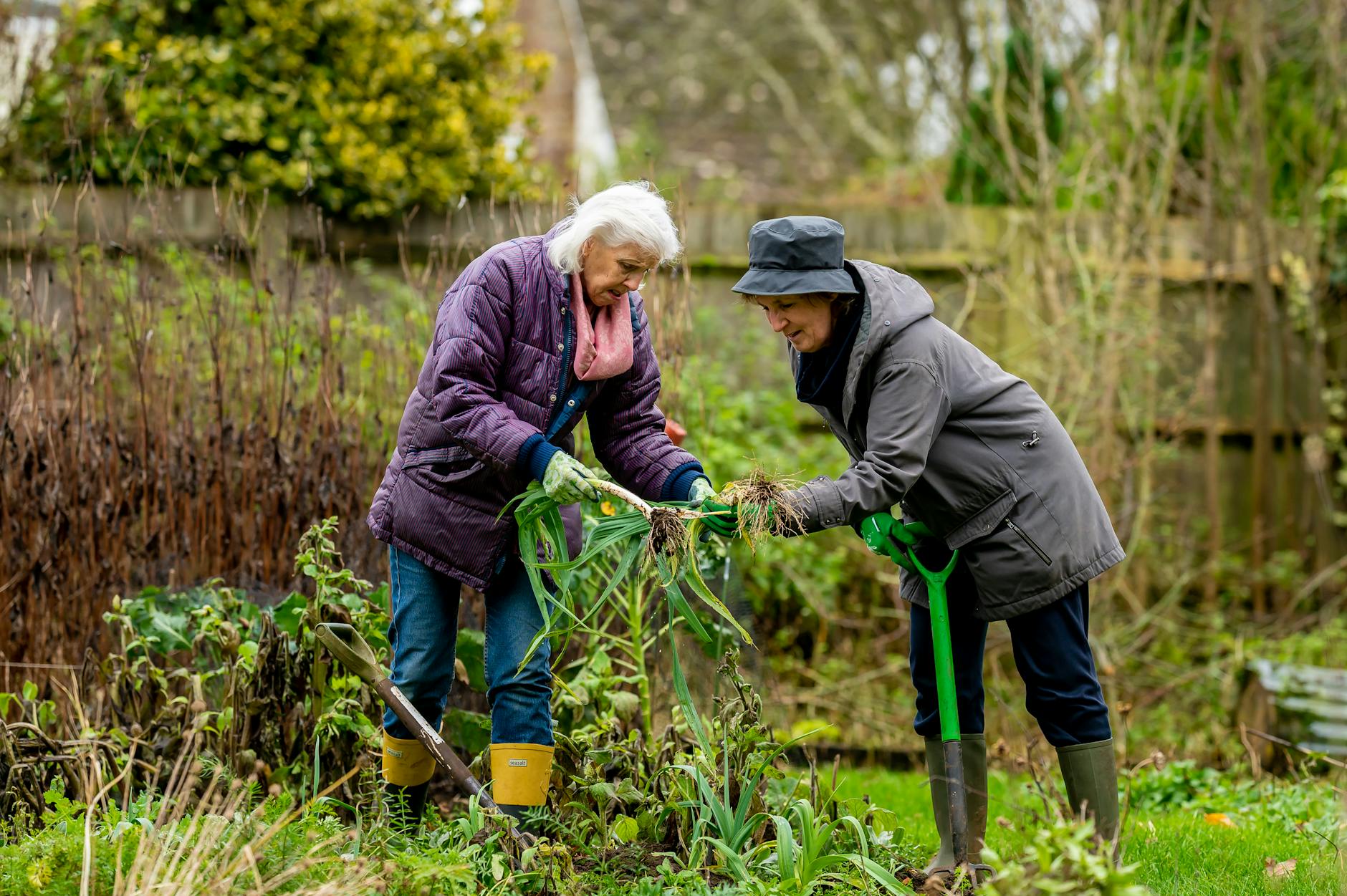
Gardening Bohemia: Bloomsbury Women Outdoors – A Pioneering Exhibition
The Garden Museum in London presents a transformative exhibition, Gardening Bohemia: Bloomsbury Women Outdoors, running from May 15 to September 29, 2024. This exhibit is the first of its kind to delve into the intertwined lives, gardens, and artistic legacies of four remarkable women of the Bloomsbury Group: Virginia Woolf, Vanessa Bell, Lady Ottoline Morrell, and Vita Sackville-West.
The exhibition highlights how gardens became sanctuaries and creative laboratories during turbulent times, offering insight into the women’s private worlds and the radical redefinition of domesticity and creativity in the twentieth century.
The Bloomsbury Group: Creatives, Rebels, and Visionaries
The Bloomsbury Group was an influential collective of early twentieth-century artists, writers, and intellectuals. Rejecting strict Victorian conventions, the group became symbols of modernism, championing progressive art, literature, and alternative models of relationships and domestic life. Drawn together by kinship and intellectual curiosity, the group frequently gathered in their homes—which doubled as artistic and philosophical salons—including:
- Monk’s House: Home to Virginia Woolf
- Charleston: Vanessa Bell’s farmhouse and studio
- Garsington Manor: Ottoline Morrell’s Oxfordshire estate
- Sissinghurst Castle: Vita Sackville-West’s creation
These gardens became more than mere backdrops—they were extensions of creative identity, settings for radical thought, and backdrops to enduring friendships.
The Four Pillars: Women, Gardens, and Revolutionary Thought
At the heart of the exhibition are four women whose stories and gardens are intricately connected:
| Name | Garden | Role | Location |
|---|---|---|---|
| Virginia Woolf | Monk’s House | Writer, thinker | Rodmell, Sussex |
| Vanessa Bell | Charleston | Painter, designer | Firle, Sussex |
| Ottoline Morrell | Garsington Manor | Arts patron, photographer | Oxfordshire |
| Vita Sackville-West | Sissinghurst Castle | Writer, garden designer | Kent |
Each woman, through her unique relationship to the land, redefined her garden not just as a plot of earth, but as a living symbol of personal and political freedom, friendship, and aesthetic innovation.
Exhibition Highlights: Artifacts, Photographs, and Untold Stories
The exhibition masterfully weaves together an array of rare and evocative objects. Photographs, paintings, textiles, garden tools, historic manuscripts, and never-before-seen correspondence bring to life both the tangible and intangible aspects of these gardens. Many items come directly from private collections and are on display for the first time, offering fresh perspective on familiar narratives.
- Letters between group members revealing evolving philosophies on art and nature
- Textiles and furnishings designed for garden enjoyment and creative inspiration
- In-situ garden tools showing the practical side of their horticultural passions
- Photographs capturing moments of leisure, reflection, and group gatherings
- Paintings from Vanessa Bell and Duncan Grant, inspired by Charleston’s borders and blooms
Exploring Each Garden: Spaces of Sanctuary, Creativity, and Experimentation
Monk’s House: Virginia Woolf’s Haven
Virginia Woolf and her husband Leonard moved to Monk’s House in 1919. Woolf’s love of the garden is legendary: she often described her writing shed nestled among the apple trees as both a sanctuary and a place of escape. Her essays and diaries frequently record the solace and stimulation she found among the garden’s borders, and she often greeted guests from her flower-filled front door. Woolf’s literature itself is imbued with references to the natural world, showing how deeply gardening shaped her inner life.
Charleston: The Artistic Canvas of Vanessa Bell
Vanessa Bell, Woolf’s elder sister and a renowned painter, lived with artist Duncan Grant at Charleston. The garden, designed for socializing and pleasure, was also an outdoor extension of their experimental artistic vision—colorful borders complemented hand-painted walls and furnishings indoors. The couple’s love for Mediterranean plants, bold shapes, and painterly combinations is evident throughout the grounds. Charleston became a rural retreat where art, nature, and bohemia intertwined, punctuated by gatherings that shaped British modernism.
Garsington Manor: Ottoline Morrell’s Arcadian Retreat
Ottoline Morrell was one of the central hostesses of the Bloomsbury Group. At Garsington Manor, she created an Arcadian environment where artists, pacifists, and exiles could find refuge during the upheaval of World War I. Her gardens were both a backdrop for intellectual debate and a living metaphor for her wish to harmonize beauty and unconventional living. Her love of rare plants and wild spaces marked her as a horticultural innovator and a campion of creative nonconformity.
Sissinghurst Castle: Vita Sackville-West’s Masterpiece
The poet, novelist, and garden designer Vita Sackville-West famously transformed Sissinghurst Castle into one of the world’s most celebrated gardens. Working with her husband Harold Nicolson, she created ‘outdoor rooms’ defined by clipped hedges and abundant plantings. Sissinghurst became a personal and professional statement, reflecting Vita’s independent spirit and her passion for structure paired with abundance. Her weekly garden columns inspired generations, and her design choices remain influential in British gardening today.
Gardens as Social and Creative Laboratories
For these four women, gardening went far beyond leisure or aesthetic pleasure. Their gardens became dynamic laboratories—places to try new forms of living, ways of loving, and models for creative freedom. In a world shifting through war, political reform, and changing gender roles, these sanctuaries allowed women to experiment with identity and community away from the eyes of restrictive society.
- Space for reflection and writing: Many of the Bloomsbury group’s greatest works were drafted in the contemplative quiet of their gardens.
- Laboratories for aesthetic innovation: Garden layouts, color palettes, and informal borders challenged the formal staidness of Edwardian gardening.
- Sites of social connection: Gatherings, picnics, and debates spilled from the drawing room into the garden, fostering deep personal and artistic bonds.
A Living Tribute: The Exhibition Experience
Gardening Bohemia is not confined to the museum’s traditional gallery spaces. In a nod to the immersive nature of gardens themselves, the museum features three raised planters just outside its entrance. Each planter is a living homage, planted to evoke the signature atmospheres of Monk’s House, Garsington Manor, and Sissinghurst Castle—their contents shifting in bloom throughout the exhibition period. Charleston’s design influence is woven throughout the planters as well. These installations serve as reminders of the thoughtful planning and joyous spontaneity that define great gardens, echoing the exhibition’s core themes of renewal and transformation.
Why Now? The Exhibit’s Contemporary Resonance
The exhibition’s timing is deeply relevant. In an era marked by uncertainty and change, the stories of these women offer lessons on resilience, the importance of creative sanctuary, and the power of community. Looking to gardens for restoration—both personal and collective—resonates profoundly with modern audiences seeking balance and inspiration in challenging times.
Frequently Asked Questions (FAQs)
Q: Who were the four women featured in ‘Gardening Bohemia’?
A: Virginia Woolf, Vanessa Bell, Lady Ottoline Morrell, and Vita Sackville-West were all central to the Bloomsbury Group and each created iconic gardens reflecting their artistic and personal philosophies.
Q: How does the exhibition connect gardens with creativity?
A: The exhibit demonstrates how gardens served as both sanctuary and innovation zones for the women—providing inspiration for writing, painting, and experimental living while modeling new forms for British garden design.
Q: Can visitors see real plants from these gardens at the exhibition?
A: Yes, the museum features three raised planters designed to evoke the character of Monk’s House, Garsington Manor, and Sissinghurst Castle, with seasonal plantings that echo the gardens’ original spirit.
Q: Are the gardens themselves open to the public?
A: Many of the original gardens, including Monk’s House, Charleston, and Sissinghurst Castle, are now open as historic sites, allowing visitors to experience their beauty firsthand.
Plan Your Visit
Gardening Bohemia: Bloomsbury Women Outdoors runs at the Garden Museum, London from May 15 to September 29, 2024. The exhibit is a rare opportunity to experience the interwoven stories of these women and their gardens through never-before-seen objects and living installations. Tickets and further details are available at the Garden Museum’s official website.
Related Topics
- The history of the Bloomsbury Group and its influence on modern British culture
- Profiles of Monk’s House, Charleston, Garsington Manor, and Sissinghurst Castle
- The evolution of garden design in twentieth-century Britain
- The role of women in shaping artistic and social innovation
References
- http://www.hasta-standrews.com/reviews/2024/11/1/gardening-bohemia-bloomsbury-women-outdoors-at-the-garden-museum
- https://theflorajournal.international/2024/05/27/gardening-bohemia-the-first-exhibition-about-the-gardens-of-the-bloomsbury-group-at-the-garden-museum/
- https://bloomsburysquares.com/2024/05/20/gardening-bohemia-bloomsbury-women-outdoors/
- https://saltertonartsreview.com/2024/09/gardening-bohemia-bloomsbury-women-outdoors-garden-museum-london/
- https://www.gardenista.com/posts/gardening-bohemia-bloomsbury-women-outdoors-new-exhibit-garden-museum/
Read full bio of Shinta


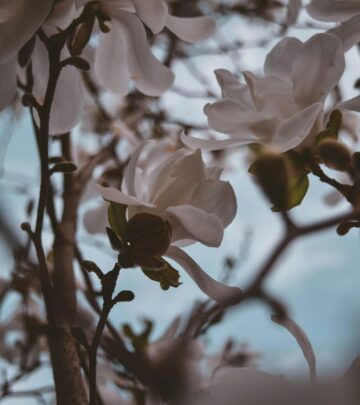
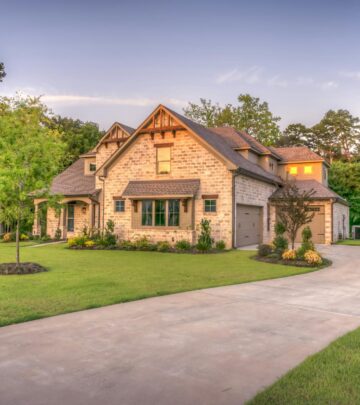
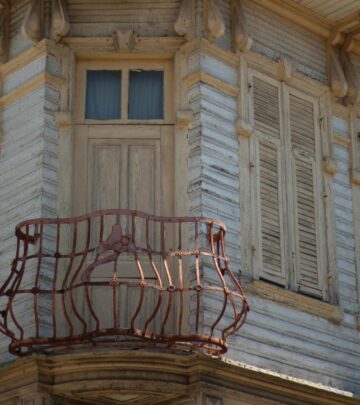
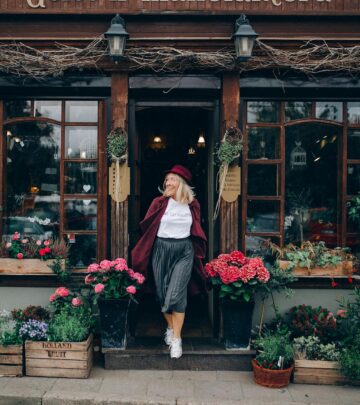



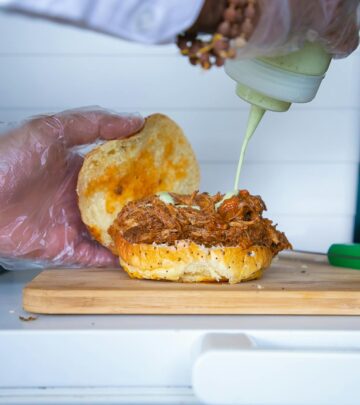
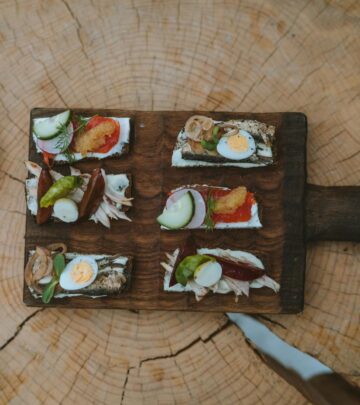
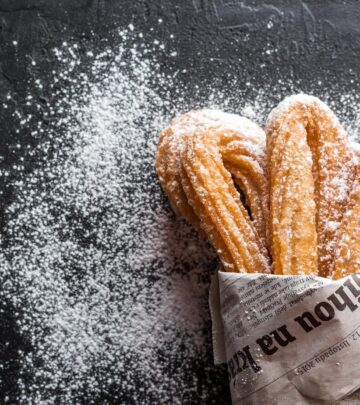

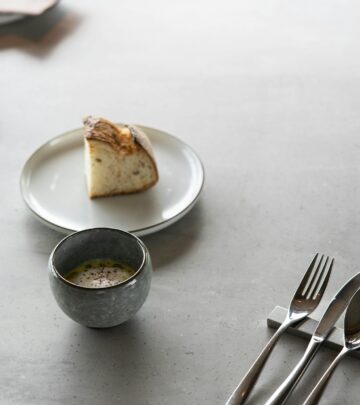


Community Experiences
Join the conversation and become a part of our empowering community! Share your stories, experiences, and insights to connect with other beauty, lifestyle, and health enthusiasts.